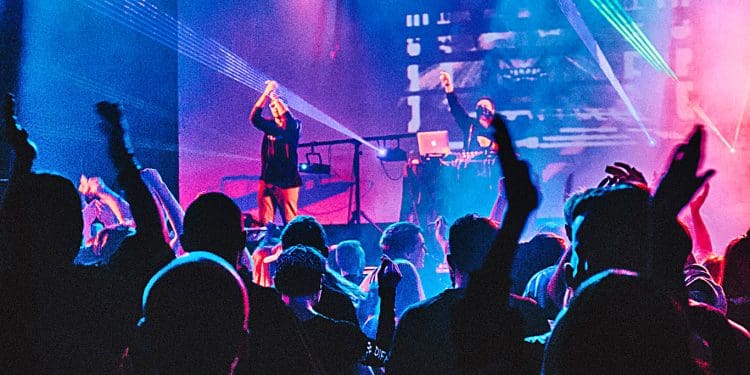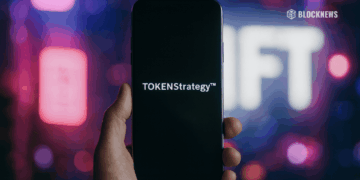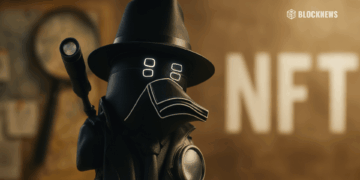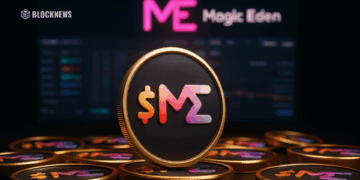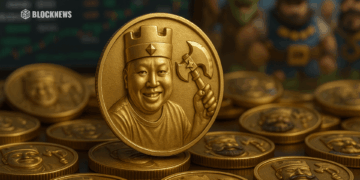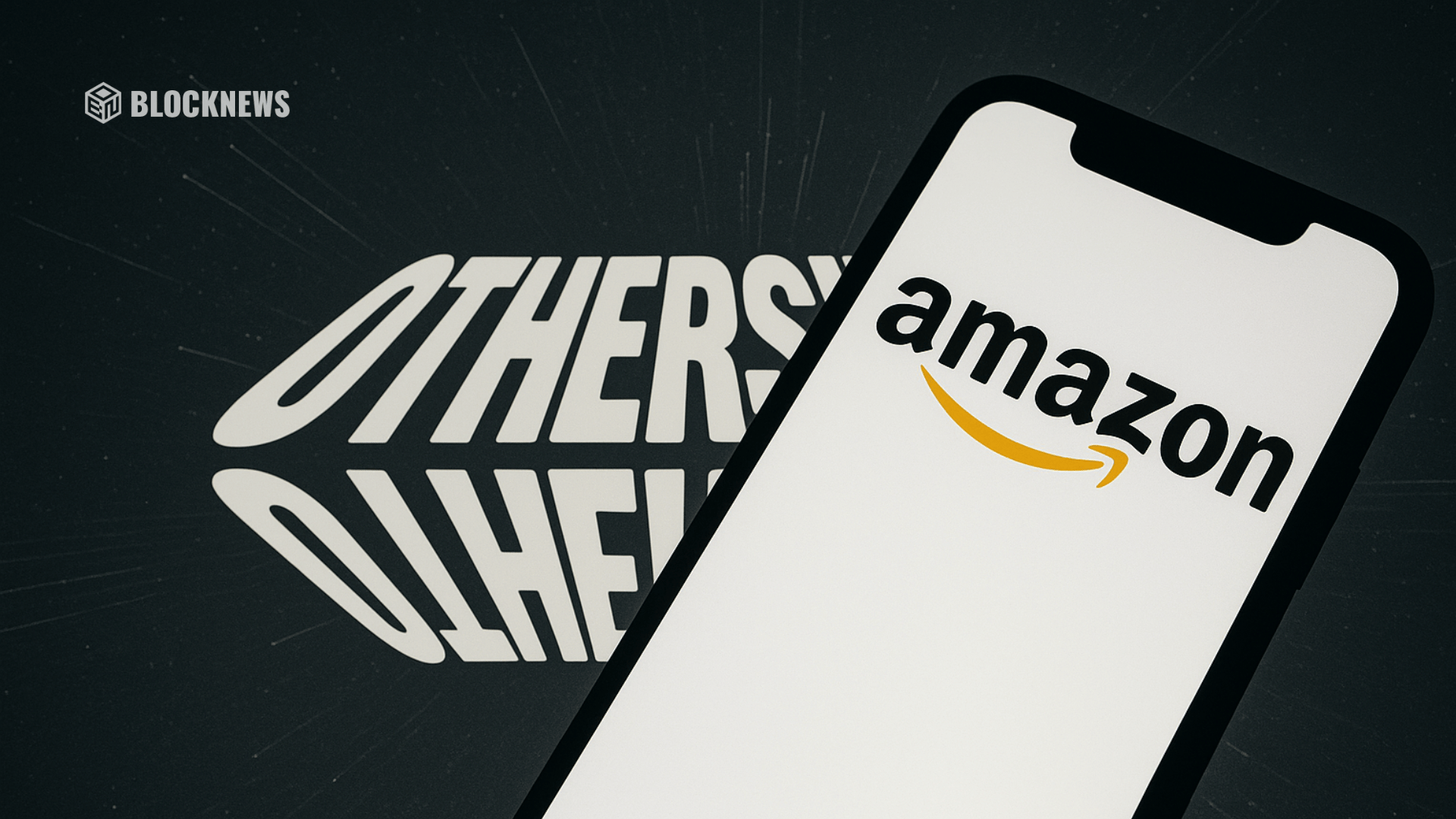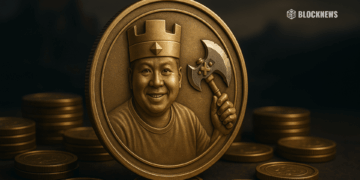Music NFTs are growing in popularity among artists and fans looking to create more equitable and sustainable relationships in a record industry that often works against artists and the fans that support them. Developments in NFTs allow artists to not only directly connect with fans through digital ownership but also provide additional features in their content like exclusive community access, unique live experiences, royalty sharing, and much more.
Music NFTs make up a small part of the overall ecosystem, with community spaces, tools, marketplaces, DAOs, and grants creating new avenues for artist collaboration, fan support, and community engagement. While many associate non-fungible tokens (NFTs) with profile picture collections and other vibrantly popular image-based NFT projects, the technology behind these digitized blockchain goods can support a much more diverse range of assets. Projects that dominate the market today are only scratching the surface of what NFTs mean for communities, builders, and the artists that create them.
Now, the idea of making music into tokenized content is nothing new — at least in the relative timeline of crypto and Web3. Back in March 2021, electronic artist, 3LAU made worldwide headlines selling his album Ultraviolet in 33 individual NFTs for a whopping $11 million. But that was then. For context, Bored Ape Yacht Club minted the original 10,000 apes a few weeks later, on April 23, 2021. The NFT engine was only starting to warm up. These days, music NFTs are creating momentum thanks to teams of talented developers, inspiring artists, and the devoted communities forging the new digital frontier of creative ownership. At the core is a push to reorganize who owns digital rights and, more importantly, who makes money. In many ways, it’s challenging a decades-old paradigm between artists and the ever-dominant recording industry.
In other ways, music NFTs give creators and developers new opportunities to interact with users, craft intimate community experiences, and allow fans to support the artists they love directly. Let’s explore the frontier of music NFTs and see who is forging ahead in what might be the next emerging trend in the space.
Making Money as an Artist in the Digital Age
If you scroll through Twitter searching for NFT artists, you’ll find many independent creators with blossoming careers thanks to the immense growth of the space and the shifting models of what owning art means in the digital age. Some might criticize certain aspects of the industry, but you can’t deny the impact these tectonic shifts have meant on artists.
Much like the traditional art space, the recording industry is ripe with inequalities. While Web 2.0 platforms like Spotify ushered in a new way for users to consume music in the streaming age, without ultimate ownership shifting towards artists, a similar power structure persisted. But that’s changing, thanks in part to music NFTs. But, before we dig deeper into where the space is today, let’s fully understand why music NFTs are so important. To do that, let’s start with the way things currently stand.
One Big Pot — The Current State of Digital Music
Streaming music is the dominant way we consume tunes from our favorite artists and bands. Streaming makes up around 61% of the total global recorded music revenue. If you’re not aware of how artists earn their share of the revenue from digital streaming, here is a quick overview of the current process. Many platforms use a pro-rata or “One Big Pot” system for revenue distribution. Here, the system pools revenue and divides it among your audience’s market share. So, as an artist, you don’t receive a one-for-one stream to pay rate but rather a proportionate share of the larger revenue pool. Other systems payout per stream, but at laughable rates that add up to fractions of a penny.
As you might imagine, this means independent artists are left making little of their work. For most artists, the revenue they earn from streaming earnings pales in comparison to other catalog earnings. Ben Cronin, a member of the Union of Musicians and Allied Workers and half of the electronic duo Gilligan Moss, explains that this system is gutting the “middle class of musicians.” To survive, you need millions upon millions of streams per month. This outdated system isn’t built for today’s modern music landscape. Well, at least not built for the artists and fans. Independent artists have all the tools to release world-class music all from home, but the distribution model keeps them from ever making substantial revenue for their work. NFT technology is offering a new and unique toolset to help artists grow and take ownership — but it’s going to require a shift in how we view success.
1,000 True Fans
Back in 2008, long before the words cryptocurrency became part of our cultural lexicon, Wired Editor Kevin Kelly proposed the model of 1,000 true fans. If an artist can create a fanbase of 1,000 true fans, they’re set. These “true fans” will buy everything an artist puts out, drive hundreds of miles to see them perform, and, more importantly, they’ll want a more intimate relationship with the artist. If every one of those 1,000 fans spends around $100 a year supporting that artist, that’s a healthy income. The part that makes this method tricky is ironing out how artists get paid. A thousand fans are great, but even if that group is non-stop streaming tracks on Spotify, artists will still need to find other ways to create revenue streams to support themselves. Moreover, record labels and other third parties take a cut, leaving only a percentage of other sales and performance fees.
For the system to work, artists need to develop direct ways for fans to support them. There needs to be a new landscape for creating work, releasing it to fans, and crafting equitable and fairways to support your favorite creators without lining the pockets of mega-tech and music industry giants. With music NFTs, this new kind of relationship with fans is possible.
The Music NFT Landscape
Today, music NFTs are quickly becoming a popular medium for artists to create new experiences for fans. Not only do they offer new tools for outreach and support, but they create a direct connection between fans and artists without the meddlesome hands of third parties like record labels.
As far as use-cases, we are seeing all kinds of creative uses for tokenized audio assets:
- Ownership of music
- Exclusive access to artist communities
- Discounted/reserved concert tickets
- Special areas in concerts
- Special meetups and other events
- Royalty sharing
These are only a few ways artists are redefining how we use NFTs. While royalty-oriented NFTs are not usually the default for buyers, a drive in a niche subsector is starting to grow. This means fans can not only support their favorite artists, but they can also share in their success.
So, what does the landscape look like today? Let’s take a look.
Popular Marketplaces
When it comes to NFT marketplaces, your first thought might be OpenSea. While this well-known name in the space offers a dedicated music NFT section, it’s not the only choice for collectors and artists in the space:
- Catalog — A marketplace for single-edition NFTs, also known as 1/1. Often seen as the primary platform for this type of music NFT.
- Foundation — A growing marketplace allows Web3 creators to mint 1/1 and sell them on the Foundation Marketplace.
- Sound.xyz — For artists that prefer to release limited collections, Sound.xyz gives users the opportunity to mint fresh music NFTs directly from the source.
- Arpeggi Labs — Another all-around creative suite for Web3 music NFTs, Arpeggi Labs is currently in Beta.
These, of course, are only a few options for music NFTs. Every day, builders create new ways for artists to develop, mint, and sell their work. But NFTs and marketplaces are only a part of the larger overall ecosystem. Like other subsectors of the Web3 tapestry, behind music NFTs are thriving communities of creators, fans, and builders.
DAOs and Grants
DAOs, or decentralized autonomous organizations, overhaul the way we organize by coding rules into smart contracts. They come in all kinds of flavors. Some DAOs control governance for major projects like MakerDAO; others manage investment funds or group users together to attempt to purchase a copy of the Constitution of the United States. For NFT artists and their communities, DAOs can offer exclusive community benefits and even grants. As it stands, there are more than 30 online music and creator communities that would self-describe as a DAO. Each organization builds different structures for operation. Some focus on building Web3-native communities of fans or facilitating co-investment structures for royalties. Some take the public goods approach and concentrate solely on building out the next set of tools for creators.
Alongside DAOs are blockchain-based funds. Some of these funds put cryptocurrencies directly into artists’ wallets. MusicFund is one such project that distributes membership through NFTs. Holders vote each month to award musicians through a community fund. Other similar efforts by Noise DAO have resulted in a shared pool of 1,720 ETH — all to incubate music NFT artists and invest in the space.
What’s Next for Music NFTs?
At the other end of this shift in ownership structure and community, the building is the fans. For them, the introduction of music NFTs represents a whole new experience. You can directly engage with your favorite artists in a completely different way than ever before and support them without third parties taking a cut. While we still exist in a web 2.0 paradigm for streaming, the future of the music industry might be more decentralized than any of us might think. Once blockchain infrastructure can support high data throughput, a decentralized streaming platform might exist where NFTs play an essential role in ownership and royalties. Until then, music NFTs can exist alongside streaming platforms as another avenue for artist support and interaction.
It’s not just independent and smaller artists paying attention, either. Music industry legends like Snoop Dogg, Pharell Williams, and John Legend are all working on Web3 projects focused on music NFTs. Moreover, exciting developments in royalty-bearing music NFTs from Web3 projects like Royal are doing something that has never been done before — giving fans a financial share of the success.
While even the top minds in the space are at best looking through cloudy crystal balls when predicting the future, most agree that NFTs aren’t going anywhere. As other Web3 technologies develop, music NFTs will develop too with new features, benefits, and privileges for owners. We are only at the very genesis of this journey.


